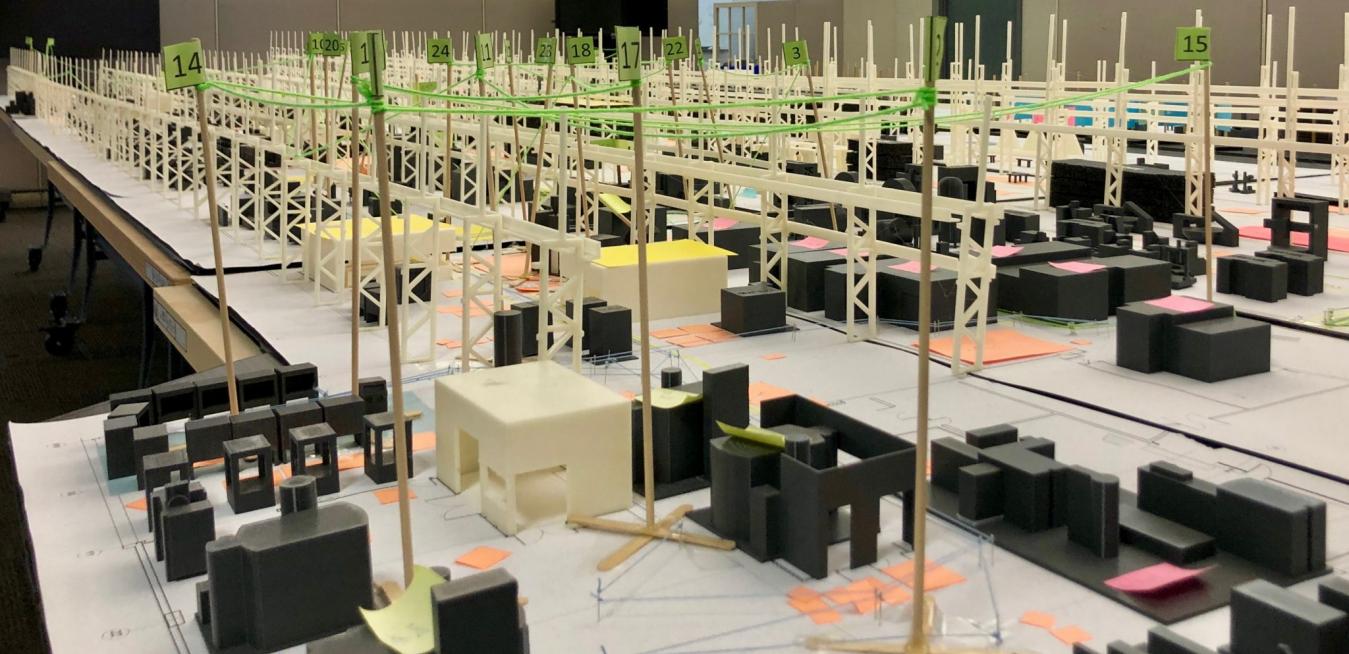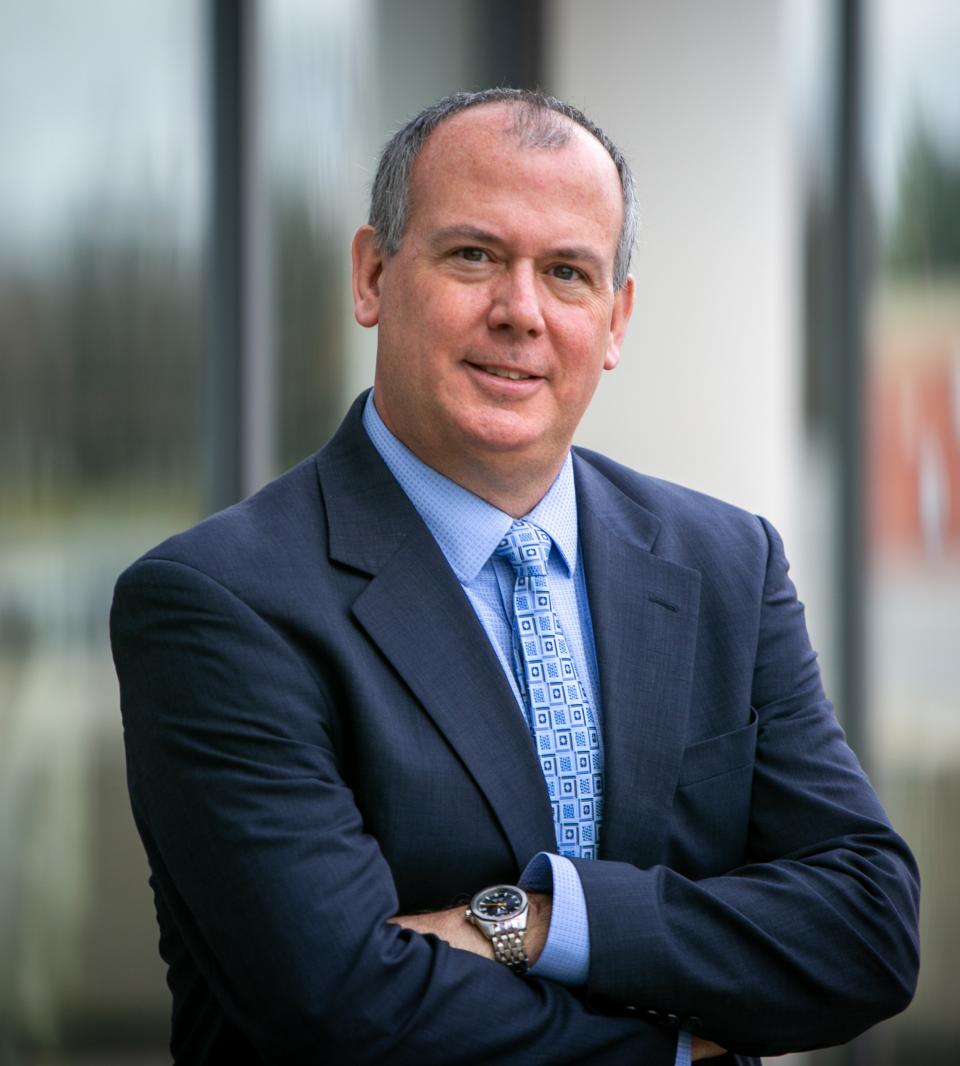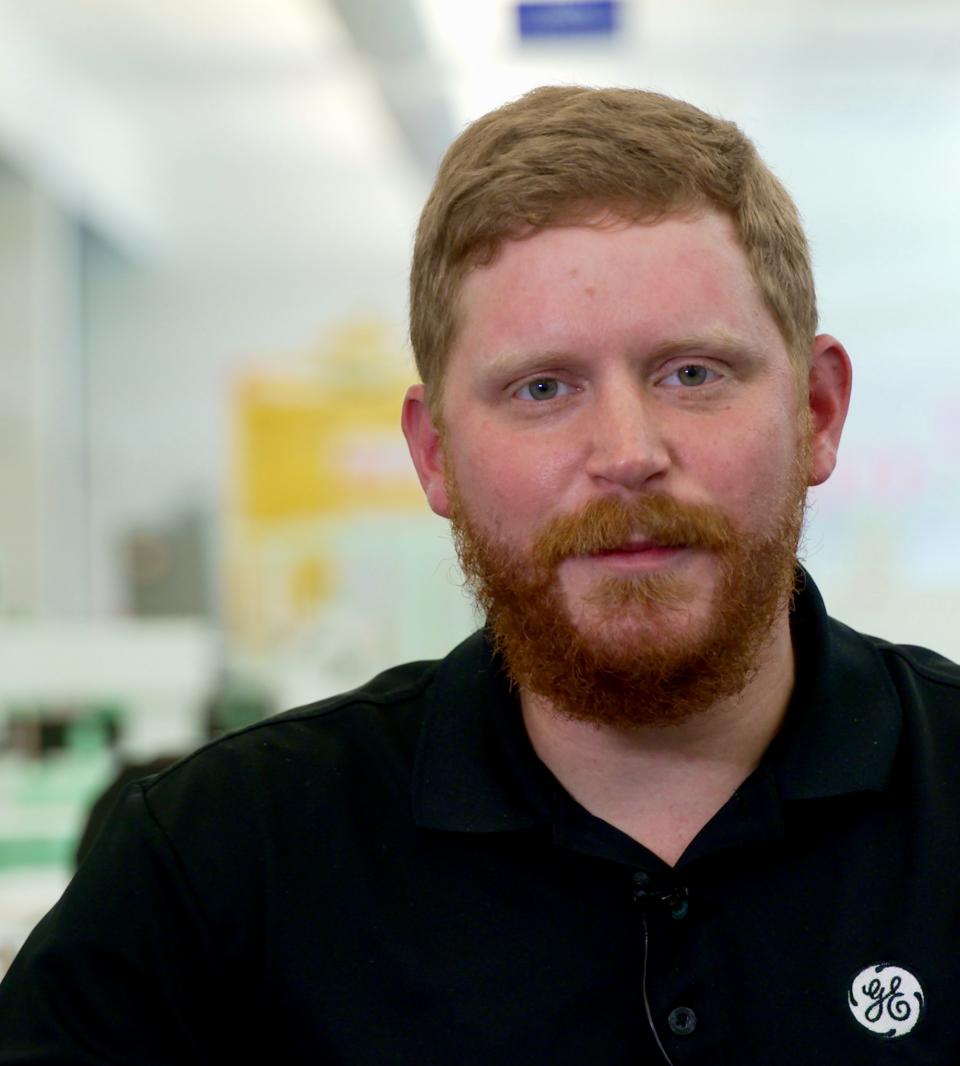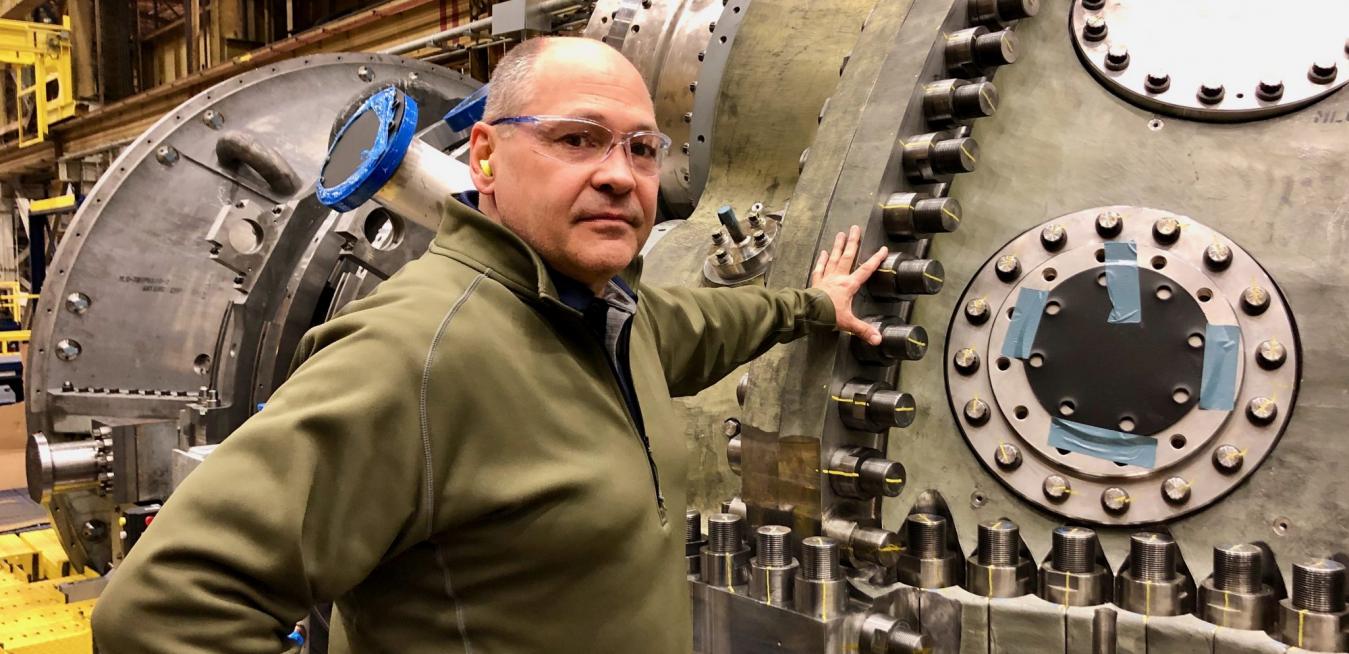- Developing Refractory Alloy Innovations for Superior Efficiency (RAISE) – an ultra-high temperature material system that would enable gas turbine blades to operate at 1,700 °C (3,092°F)
- Will help drive efforts to push turbine efficiency beyond 65% and accelerate decarbonization of the energy sector
- $1.6 million project to be driven by world-class, multi-disciplinary team with decades of experience and a dedicated High Bay lab facility in alloy, coating and process development <
For media inquiries, please contact:
Todd Alhart
Director, Innovation Communications
GE Aerospace
+1 518 338 5880
[email protected]
business unit
tags
When Larry Culp joined GE as chairman and CEO in the fall of 2018, he brought along years of management expertise — and a specific prescription for turning the company around. Culp announced that GE would look to lean, the system of continuous improvement pioneered in Japan in the latter half of the 20th century, which has shown tremendous results in American business.
A mix of technologies — including wind and solar energy, gas turbines, hydrogen fuel, and battery storage — can open a path to reliable and sustainable energy generation. “Think of the gas turbines as a shock absorber that’s balancing the demand on the grid,” says Brian Gutknecht, marketing leader at GE Gas Power (top image). “I have demand that’s varying, I’ve got supply from renewables that’s varying, and the gas turbine that’s in between balancing constantly: up and down. I can ramp up and down hundreds of megawatts very quickly.”
It certainly wasn’t the first time a blanket of still, cold air covered the British Isles early in a November. But what made the autumn air mass that settled in the area this year different was its impact on the power industry.
With Iraq’s population growing at more than 2% a year and electricity demand continuing to increase, every megawatt of power added counts, helping to deliver significant quality-of-life benefits to the people of Iraq and contributing towards further strengthening the economy.
Schenectady in upstate New York has seen its fair share of ups and downs in the past 150 years. But new energy is coming to town.
- Awarded $4.8 million for two projects through ARPA-E’s Aviation-class Synergistically Cooled Electric-motors with iNtegrated Drives (ASCEND) and Range Extenders for Electric Aviation with Low Carbon and High Efficiency (REEACH) programs to develop a hybrid electric propulsion system that runs entirely on carbon neutral biofuels
- GE researchers tapping deep research capabilities across the Lab in electric motors, power conversion, thermal management, advanced propulsion and fuels to achieve carbon neutral flight
NISKAYUNA, NY -- Thursd
business unit
tags
Some might contest whether South Australia is still Australia’s leading food-and-wine state, but there is no debate that the state is a key proving ground for the nation’s utility-scale renewable energy boom. As the Clean Energy Council reported in April 2020, “South Australia again got more than half of its electricity from renewable sources in 2019, and is expecting to increase this to 100 per cent by 2030.”
For now, Abdulsattar Mohammed can’t go home.
In the last half-century, the GE Gas Power plant in Greenville, South Carolina, has experienced the same kind of dizzying roller coaster ride as the city where it’s located. Founded some 200 years ago on the Reedy River, Greenville grew into a textile manufacturing hot spot and a paragon of Southern hospitality — until the 1970s, when the city’s downtown took a turn. Mills closed, hotels shuttered, and the clattering trams carrying riders on shopping errands and to business lunches fell silent.











